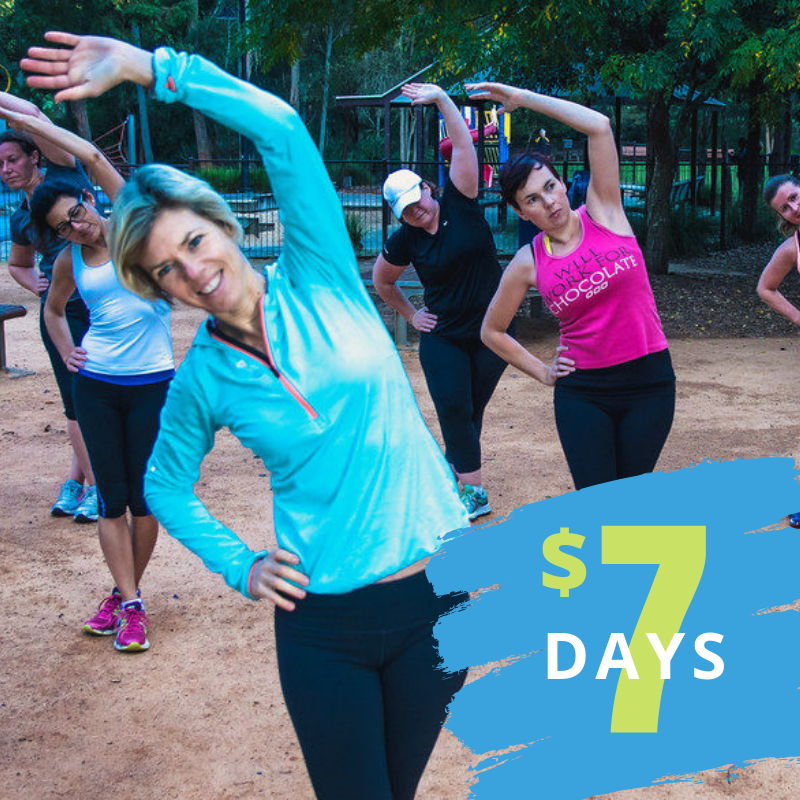Why size matters
We all come in different shapes and sizes which means a different healthy weight for each of us. Much of this is down to genetics so it’s impossible to say a woman aged in her 40s should weigh “x” kgs.
BUT, it is still important to maintain a healthy weight, so how do you go about determining what is healthy for YOU?
You’ve probably come across the term BMI or Body Mass Index as a measure of healthy weight. Whilst it can be a useful tool, personally I don’t like it much as it doesn’t distinguish between body fat and muscle mass. For example, a body builder or professional athlete can come in as “obese” using this measure
I prefer to use waist circumference.
Why measure waist circumference?
The excess body fat carried around your middle is more of a health risk than if weight is on your hips and thighs. Waist circumference is a better estimate of visceral fat, (the dangerous internal fat that coats the organs). which makes it a more accurate predictor of cardiovascular risk, type 2 diabetes and metabolic syndrome (more about this in another blog).
How to measure waist circumference:
It is important to get an accurate measurement to determine your level of risk:
- measure a bare belly or have just one layer of light clothing
- measure in line with your belly button – about half way between your lowest rib and top of the hip bone
- relax and breath normally
- have the tape snug, without squeezing the skin
Waist circumference and disease risk
Thresholds that indicate an increased risk of disease are:
For women:
- increased risk at 80 cm or more
- your risk is greatly increased at 88 cm or more
For men:
- increased risk at 94 cm or more
- your risk is greatly increased at 102 cm or more
Limitations of waist circumference
There are some limitations to waist measurements including pregnancy; medical conditions that cause enlargement of the abdomen; certain ethnic groups; and for children and young people.
What does overweight / obesity mean?
Whilst some medical conditions and medications can cause weight gain, being overweight/obese is a condition of excess weight usually the result of either excess energy (food) intake and/or insufficient physical activity. Generally speaking, the best way to loose weight is to change how you eat together with exercising regularly to keep your metabolism going and tone your muscles.
If you are overweight / obese, get a health check with your medical practitioner before starting a new regime.
The health risks of being overweight or obese
Being overweight or obese can directly contribute to a person developing many serious health problems, including:
>> type 2 diabetes
>> high blood pressure
>> heart disease
>> sleep apnoea
>> osteoarthritis
>> some cancers
>> metabolic syndrome

your choices matter
The good news is that maintaining a health weight and following a healthy lifestyle can help prevent many of these diseases. This includes a well balanced diet of fresh, unprocessed foods and regular physical activity.
Even small amounts of weight loss can lower the risk of heart disease and type 2 diabetes.
Check out Rock THAT Frock – our 6 week transformation program of healthy eating and exercise.


